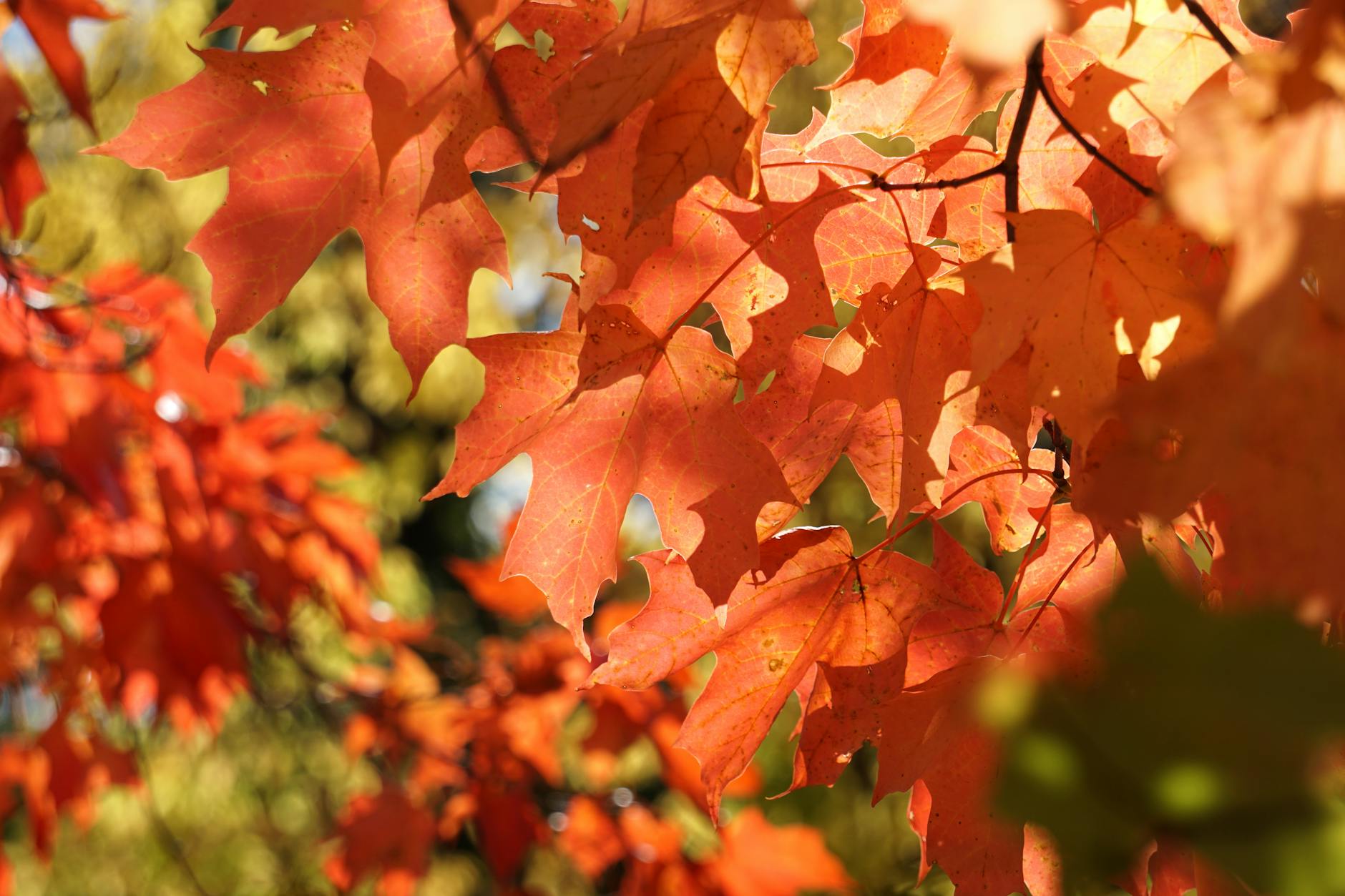A thoughtfully planted tree does more than beautify a landscape—it offers cooling shade, shelter from the wind, and a serene sense of place. On a horse property, the trees you choose must do all this and pass a far more important test: safety. Many common ornamental species, while stunning, are toxic to horses. For equestrians curating a functional yet elegant farm, selecting non-toxic trees is an art form rooted in knowledge.
Whether you’re designing a new paddock, refining a barnyard vista, or simply adding charm to a quiet turnout, these trees strike the perfect balance between visual appeal, practical shade, and equine safety.
1. Sugar Maple (Acer saccharum)
Graceful, iconic, and stunning in fall, the sugar maple is a true classic. Unlike the red maple, which can be toxic to horses, the sugar maple offers safe shade and striking seasonal color. It thrives in cooler climates and provides broad, dense coverage.
2. American Elm (Ulmus americana)

Known for its arching, cathedral-like branches, the American elm is a beloved choice for tree-lined drives and central pasture points. Disease-resistant cultivars are now widely available, making it a safe and sustainable option for large properties.
3. Willow (Salix spp., non-weeping varieties)
Willow trees bring a gentle, almost poetic elegance to a pasture’s edge. While not every species is suitable, black and white willows are generally considered safe in moderation and provide quick-growing shade. Their love of water makes them ideal near natural ponds or drainage areas.
4. Tulip Poplar (Liriodendron tulipifera)
Fast-growing and stately, the tulip poplar is a horse-safe native tree with a straight trunk and large, tulip-shaped leaves that cast broad shade. Come spring, it bursts with yellow-green blooms that elevate any pasture view.
5. Hackberry (Celtis occidentalis)
Tough, adaptable, and largely overlooked, the hackberry thrives where other trees struggle. Its dense canopy and textured bark lend quiet sophistication, while its non-toxic nature ensures your horses stay safe beneath its shade.
6. Dogwood (Cornus florida)

While smaller in stature, dogwoods bring beauty in every season—from delicate spring blossoms to crimson fall foliage. Perfect for landscaping near barns or walkways, they are non-toxic and highly ornamental.
7. Honeylocust (Gleditsia triacanthos inermis)
The thornless honeylocust is an elegant, filtered-shade tree that allows sun-dappled light to reach grass and horses below. With small leaves that decompose easily and don’t require cleanup, it’s a favorite for pastures and barnyards alike.
A Few Notes of Caution
While the trees above are widely considered non-toxic to horses, always research specific cultivars and consult your veterinarian or agricultural extension office. Red maple, black walnut, yew, and cherry trees are among those that should never be planted where horses graze or roam.
A well-planned farm landscape doesn’t just serve the eye—it nurtures your horses’ well-being. With the right trees, you can create a setting that is not only picturesque, but also protective, practical, and timeless.

